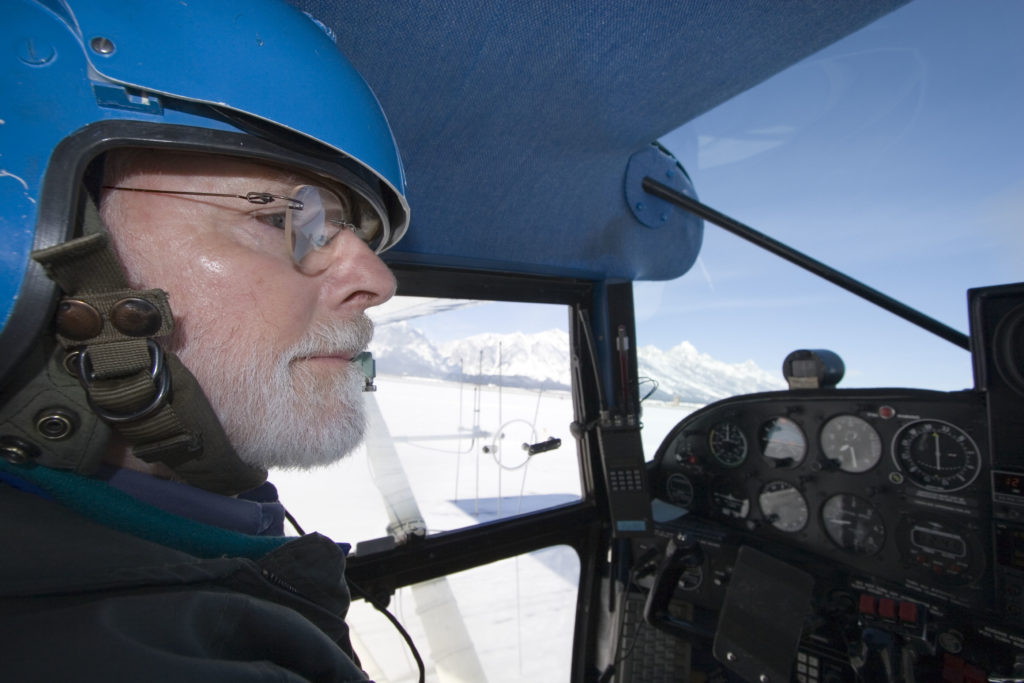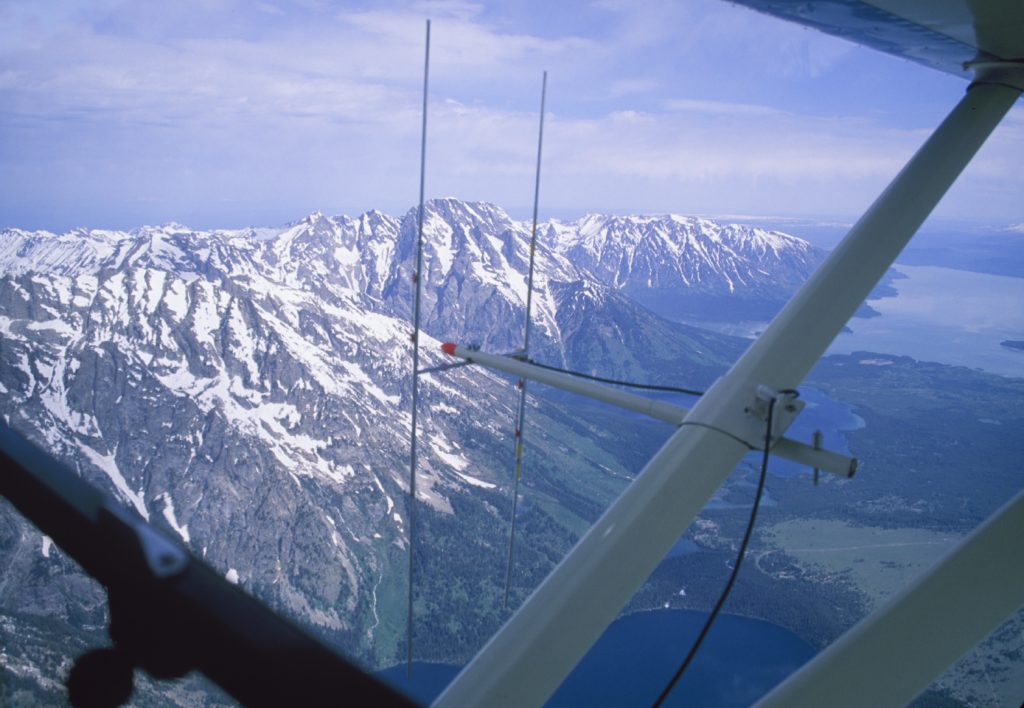Wolf Stories – Conservation in Action
Yellowstone, established in 1872 as our first National Park, is a large volcanic caldera sacred to Native Americans and home to the nation’s largest and most diverse collection of megafauna outside of Alaska. Pressure from white immigrants, and particularly ranchers, led to an all-out war on the gray wolves in the late 1800s, with intensive hunting, trapping, and poisoning. The result? By 1926 the last wolf was gone from the Greater Yellowstone ecosystem. With the absence of wolves, elk populations in Yellowstone and surrounding mountains increased to unsustainable numbers, which lead to the establishment of the National Elk Refuge in their winter range in Jackson Hole, in 1912. As many as 15,000 elk were winter-fed on this refuge. Absence of wolves also disrupted other predator- prey relationships, and resulted in damaged riparian and woodland flora from overgrazing. These factors led to the reintroduction of three small packs of gray wolves into Yellowstone in 1995.
This has been a remarkable success story of ecosystem restoration and resilience.
Beginning in 1990 I had the pleasure of working for 16 years as a contract wildlife research pilot in the Northern Rockies for federal and state wildlife agencies, university programs, and non-profits. In this capacity I flew weekly with Mike Jimenez, a wolf biologist for the US Fish and Wildlife Service, to help monitor the Yellowstone wolf reintroduction program.

At work in the Tetons
For the most part we tracked radio-collared animals, before the availability of real time satellite GPS collars. Being a lifelong dog lover, I particularly loved this work, getting the opportunity to observe these magnificent animals at work and play.
For the purpose of these studies, the Greater Yellowstone ecosystem was divided into a northern and southern district, and our territory was the southern portion. To monitor the movements of packs, researchers tried to have at least one radioed animal in each pack. Since yearling males often wander in search of a mate to establish a new pack, winter yearlings were dart gunned by helicopter and collared to monitor their dispersal.
One morning Mike requested an unscheduled flight. It seems a radioed young male who had been missing from a northern pack had been caught by a coyote trapper in Utah, dart gunned, and retrieved by a local game warden. Mike had driven to Utah, sedated the wolf, drove 300 miles back to the Jackson area with the wolf in the back of his truck and released it just north of Teton Park, where he would be able to pick up the signal from his truck on the road. For three days there was essentially no movement, but by the fourth day there was no signal. He wanted a flight to search for it, with the assumption that this wolf had not gone far. We searched the Teton canyons and then expanded the search by climbing to 17,000 feet, where we picked up a distant signal far to the east. We found the lone wolf trotting northbound on the eastern shore of Yellowstone Lake, and a day later he was reported back with his pack in the Lamar Valley.

Teton Mountains and Jackson Lake
How had he done that? He had been trapped in Utah, sedated and hauled in the back of a truck and released 300 miles away, and then had travelled over 150 miles in two days on a course that required a detour around a very large lake to get to his destination. I was reminded of the book, Dogs That Know When Their Owners are Coming Home and Other Unexplained Powers of Animals by Rupert Sheldrake. This is just one example of how much we still don’t know about the animals and ecosystems with which we share an impact.
I was constantly impressed by the extraordinary family (pack) bonds of these animals. On one occasion we tracked a pack of about 12 wolves who had three or four radio collars. Over a period of about five weeks this pack remained very localized in an open area of sageland. It became evident why their movement was reduced when we noticed that a radioed male had a foreleg injury that substantially limited his mobility. As the pack moved around single file he was always slowly limping at the back of the pack. He would have been entirely ineffective in participating in any hunt and was supported by his packmates. One day his limp had considerably worsened and he lagged farther behind. The very next day I found him lying in the snow with his radio signal on mortality mode, while his pack had travelled on about ten miles. Of course we cannot know the sequence for sure, but I like to think that the pack supported and fed him, and stayed with him until the end before moving on. It makes me cry every time I recall this story.
In my time with this work, I became quite impressed by the ingenuity of the wolves we were tracking.
The radio collars have a motion sensor switch, such that with no movement over a period of time it goes on mortality mode, which would indicate a mortality or dropped collar. It was important to obtain a precise location for this collar, as someone had to go in on horseback to make a determination of the cause of death and retrieve the collar. On one occasion, Mike investigated a mortality location and was shocked to find that it had been chewed off. First time that had happened.
Some weeks later we were asked to make an intensive search for an entire pack that had gone missing from Yellowstone. With no idea where to search we climbed to 17,000 feet and flew a large grid pattern before picking up a mortality signal far to the east. While progressing toward this source we scanned the frequencies and began to hear additional mortality signals, all of which were coming from a remote area in the North Absaroka Wilderness. We located 6 mortality signals – all of the collared animals in this pack – all within a few square miles. It was discovered upon retrieving these collars that each and every one had been chewed off. The obvious conclusion is that these wise and clever animals had disapproved of the presence of those annoying collars and had taught each other to chew them off.
It was an honor to be so intimately involved in this restoration effort that continues to have lasting and unexpected trickle down effects in the ecosystem in which the wolves were introduced. I know that each conservation story is unique and I look forward to continuing to be a part of local conservation efforts.


